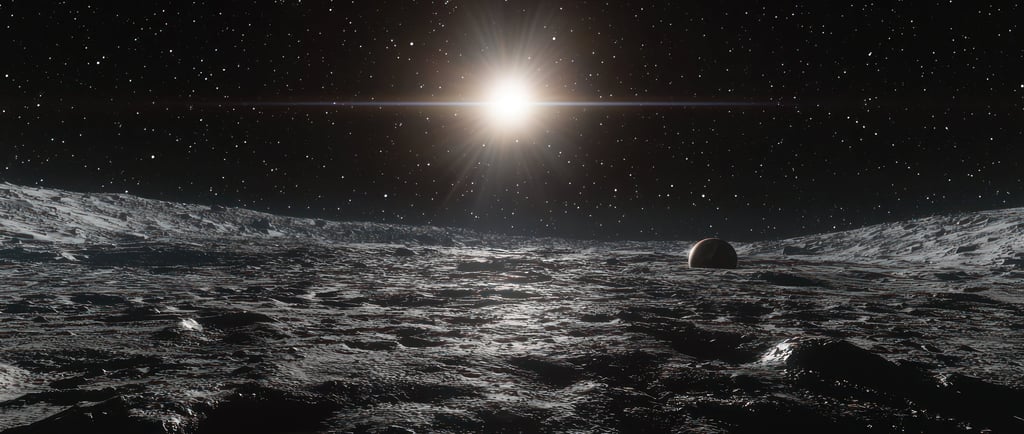Discovery of the Smallest Exoplanet: SDSS J1228+1040 b Orbiting a White Dwarf


Introduction to Exoplanets and Their Discovery
Exoplanets, or planets outside our solar system, have captivated astronomers and scientific enthusiasts alike with their diversity and the mysteries they hold. Among the myriad exoplanets discovered, SDSS J1228+1040 b stands out due to its classification as the smallest known exoplanet to orbit a white dwarf. This discovery not only enriches our understanding of planetary formation and survival but also sheds light on complex astrophysical processes at play.
Characteristics of SDSS J1228+1040 b
SDSS J1228+1040 b orbits the white dwarf star SDSS J1228+1040 located approximately 1,800 light-years from Earth. The size and mass of this exoplanet are remarkable, with measurements that suggest it is comparable to that of Earth or even smaller. Its orbit brings it close to the white dwarf, presenting unique observational opportunities for astronomers wishing to study its atmospheric conditions and surface composition.
Implications of the Discovery
The discovery of SDSS J1228+1040 b has profound implications for our understanding of planetary systems around aging stars. Since a white dwarf marks the remnants of a star that has exhausted its nuclear fuel, the existence of a planet in such proximity raises questions about its formation. How did this tiny exoplanet survive the tumultuous transition from a main-sequence star to a white dwarf? The answers to these questions could reveal critical insights into the longevity and resiliency of planetary systems in the universe.
Moreover, studying SDSS J1228+1040 b may enhance our grasp of potential habitability in extreme environments. While it is currently impossible for life, as we know it, to thrive on such a small exoplanet in the harsh surroundings of a white dwarf, research may uncover new forms of planetary characteristics that challenge our conventional understanding.
Future observations could utilize advanced telescopes and imaging techniques to unravel more mysteries surrounding SDSS J1228+1040 b, including its atmospheric composition, surface features, and perhaps even its geological history. As a result, this has positioned the exoplanet at the forefront of scientific inquiry in exoplanetary studies.
In conclusion, the smallest exoplanet SDSS J1228+1040 b is not just a scientific curiosity; it propels our understanding of astrophysical phenomena and the intricacies involved in the life cycle of stars and their planets. As future research unveils further details about this intriguing exoplanet, it holds the potential to transform our perspectives on planetary science and the fundamental processes that govern our universe.
